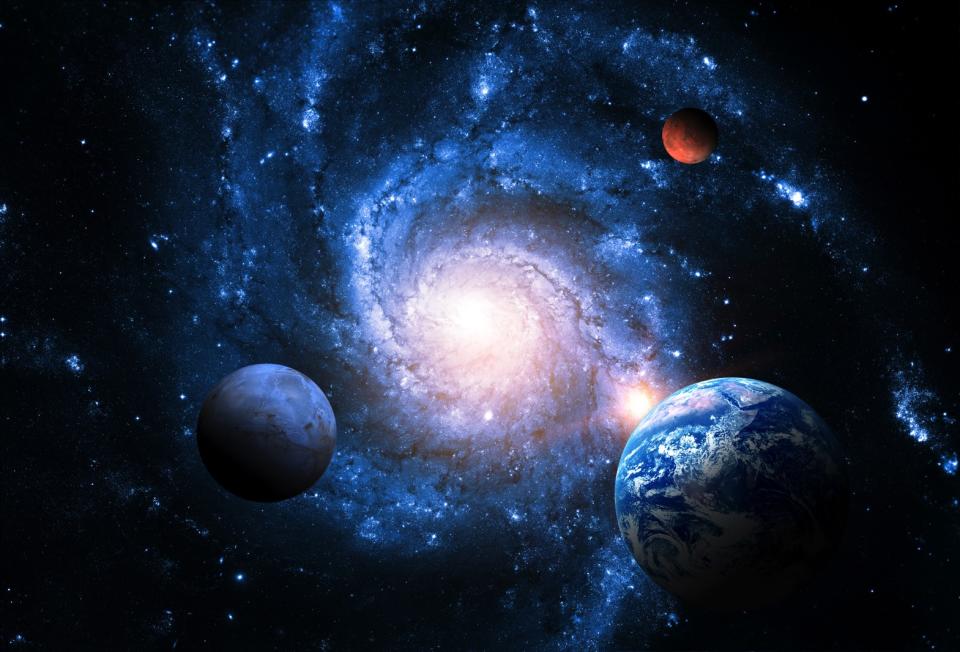Astronomers discovered what’s inside a black hole for the first time ever

If you purchase an independently reviewed product or service through a link on our website, BGR may receive an affiliate commission.
Black holes could be a hologram. In fact, the entire universe could be a hologram. At least, that’s one part of the idea behind a recent study published in the journal PRX Quantum. The study is a deeper look at what’s inside a black hole. It’s also an attempt to better understand the idea of holographic duality. Holographic duality is a mathematical conjecture that attempts to connect theories of particles and their interactions and the theory of gravity. It’s an interesting idea, even if it sounds a little out there.
Don't Miss: Amazon Prime price is going up, here’s how to pay the lower fee
Today's Top Deals
KN95 masks made in the USA are in stock and discounted at Amazon!
Brand new AirPods Pro with MagSafe are so cheap it might be a mistake
You won't believe how good the Amazon deals are on this special page!
Using quantum computing to find out what’s inside a black hole

Essentially, holographic duality posits that the theory of gravity and the theory of particles are equivalent. At least, mathematically. Thus, what happens mathematically in the theory of gravity also happens in the theory of particles. For the most part, both of these theories describe different dimensions. However, gravity describes three dimensions, whereas particle theory consists of only two dimensions. The researchers hoped that probing this idea could help them understand what’s inside a black hole.
Enrico Rinaldi, a research scientist at the University of Michigan, focused on these two theories in the new study.
“In Einstein’s General Relativity theory, there are no particles—there’s just space-time. And in the Standard Model of particle physics, there’s no gravity, there’s just particles,” he says. “Connecting the two different theories is a longstanding issue in physics—something people have been trying to do since the last century.”
By connecting these two theories, and using quantum matrix models, Rinaldi and the other members of the study were able to probe holographic duality. The idea was to combine what we know about particle theory and what we know about the theory of gravity. To start, they used simply matrix models made up of blocks of numbers. It’s a standard framework used in quantum computers where particle theory is represented by one-dimensional strings. These usually help researchers find the ground state, which Rinaldi says is important because it lets you create things from it.
Using the models that they did, the researchers were able to describe what the gravity inside a black hole looks like.
Is the universe really a hologram?

Yes and no. When you think hologram, you probably think of holographic communicators from science fiction movies like Star Wars. In this case, though, what Rinaldi and his co-authors are referring to is the way the inside of a black hole meets with the outside. Because the inside of a black hole works off the theory of gravity, it is represented in 3D space as space-time moves through it.
However, on the surface, the black hole looks two-dimensional. This gives it a holographic look because we do not see it as a 3D object. This is because the theory of particles does not work in three dimensions. As such, some believe that the rest of the universe may work similarly. However, there is no current proof to suggest that is actually the case.

